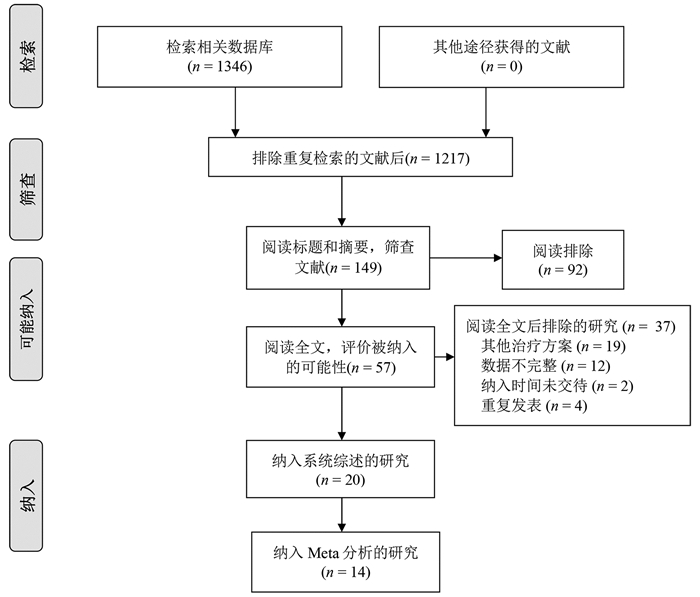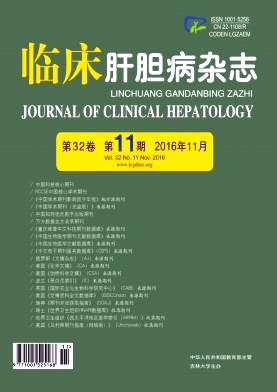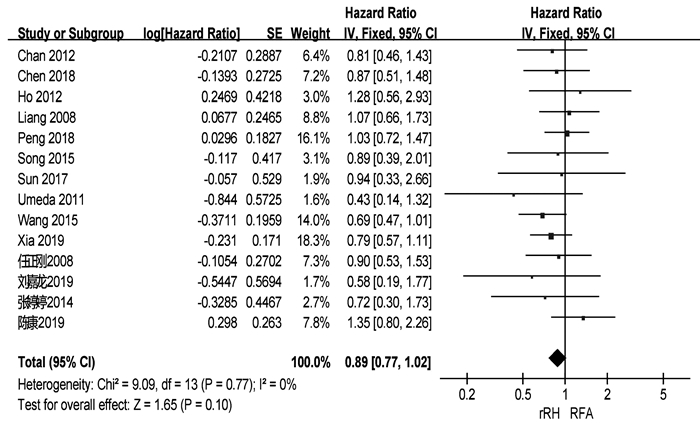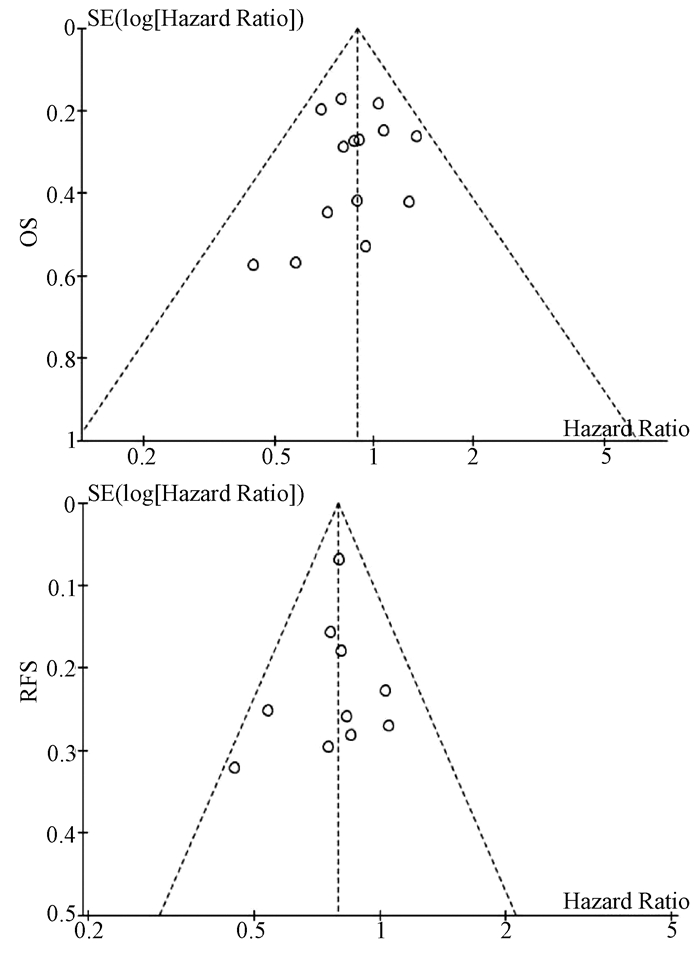|
[1]MOLLER S,HANSEN EF,BECKER U,et al.Central and systemic haemodynamic effects of terlipressin in portal hypertensive patients[J].Liver,2000,20(1):51-59.
|
|
[2]ARROYO V,GUEVARA M,GINES P.Hepatorenal syndrome in cirrhosis:pathogenesis and treatment[J].Gastroenterology,2002,122(6):1658-1676.
|
|
[3]de FRANCHIS R,BavenoⅥFaculty.Expanding consensus in portal hypertension:Report of the BavenoⅥConsensus Workshop:stratifying risk and individualizing care for portal hypertension[J].J Hepatol,2015,63(3):743-752.
|
|
[4]TRIPATHI D,STANLEY AJ,HAYES PC,et al.UK guidelines on the management of variceal haemorrhage in cirrhotic patients[J].Gut,2015,64(11):1680-1704.
|
|
[5]Chinese Society of Hepatology,Chinese Medical Association;Chinese Society of Gastroenterology,Chinese Medical Association;Chinese Society of Endoscopy,Chinese Medical Association.Guidelines for the diagnosis and treatment of esophageal and gastric variceal bleeding in cirrhotic portal hypertension[J].J Clin Hepatol,2016,32(2):203-219.(in Chinese)中华医学会肝病学分会,中华医学会消化病学分会,中华医学会内镜学分会,等.肝硬化门静脉高压食管胃静脉曲张出血的防治指南[J].临床肝胆病杂志,2016,32(2):203-219.
|
|
[6]ANGELI P,GINS P,WONG F,et al.Diagnosis and management of acute kidney injury in patients with cirrhosis:revised consensus recommendations of the International Club of Ascites[J].Gut,2015,64(4):531-537.
|
|
[7]RUNYON BA,AASLD.Introduction to the revised American Association for the Study of Liver Diseases Practice Guideline management of adult patients with ascites due to cirrhosis2012[J].Hepatology,2013,57(4):1651-1653.
|
|
[8]DING XH,GU JY.Clinical efficacy of terlipressin in treatment of typeⅡhepatorenal syndrome[J].J Clin Hepatol,2015,31(5):745-748.(in Chinese)丁晓红,顾建英.特利加压素治疗Ⅱ型肝肾综合征的临床疗效观察[J].临床肝胆病杂志,2015,31(5):745-748.
|
|
[9]JOHN S,THULUVATH PJ.Hyponatremia in cirrhosis:pathophysiology and management[J].World J Gastroenterol,2015,21(11):3197-3205.
|
|
[10]GINS P,BERL T,BERNARDI M,et al.Hyponatraemia in cirrhosis:from pathogenesis to treatment[J].Hepatology,1998,28(3):851-864.
|
|
[11]JALAN R,HAYES PC.Sodium handling in patients with well compensated cirrhosis is dependent on the severity of liver disease and portal pressure[J].Gut,2000,46(4):527-533.
|
|
[12]GEILSWIJK M,THOMSEN KL,PEDERSEN EB,et al.Urinary aquaporin-2 excretion before and after transjugular intrahepatic portosystemic shunt insertion for refractory ascites[J].Scand J Gastroenterol,2015,50(4):454-461.
|
|
[13]NAKANISHI H,KUROSAKI M,HOSOKAWA T,et al.Urinary excretion of the water channel aquaporin 2 correlated with the pharmacological effect of tolvaptan in cirrhotic patients with ascites[J].J Gastroenterol,2016,51(6):620-627.
|
|
[14]CHEN C,CHEN RP,LIN HH,et al.Tolvaptan regulates aquaporin-2 and fecal water in cirrhotic rats with ascites[J].World J Gastroenterol,2016,22(12):3363-3371.
|
|
[15]HUANG YY,SUN JY,WANG JY,et al.Terlipressin resolves ascites of cirrhotic rats through downregulation of aquaporin 2[J].J Int Med Res,2012,40(5):1735-1744.
|
|
[16]ESTEVA-FONT C,BACCARO ME,FERNNDEZ-LLAMA P,et al.Aquaporin-1 and aquaporin-2 urinary excretion in cirrhosis:relationship with ascites and hepatorenal syndrome[J].Hepatology,2006,44(6):1555-1563.
|
|
[17]LEE WC,LIN HC,YANG YY,et al.Hemodynamic effects of a combination of prazosin and terlipressin in patients with viral cirrhosis[J].Am J Gastroenterol,2001,96(4):1210-1216.
|
|
[18]TRIANTOA CK,SAMONAKIS D,THALHEIMER U,et al.Terlipressin therapy for renal failure in cirrhosis[J].Eur J Gastroenterol Hepatol,2010,22(4):481-486.
|
|
[19]FERNNDEZ-VARO G,ORD,CABLE E,et al.Evasopressin 1αreceptor partial agonist increases sodium excretion and reduces portal hypertension and ascites in cirrhotic rats[J].Hepatology,2016,63(1):207-216.
|
|
[20]FENTON RA,KNEPPER MA.Mouse models and the urinary concentrating mechanism in the new millennium[J].Physiol Rev,2007,87(4):1083-1112.
|
|
[21]FEU F,RUIZ del ARBOL L,BANARES R,et al.Doubleblind randomized controlled trial comparing terlipressin and somatostatin for acute variceal hemorrhage.Variceal Bleeding Study Group[J].Gastroenterology,1996,111(5):1291-1299.
|
|
[22]ESCORSELL A,ARBOL LRD,PLANAS R,et al.Multicenter randomized controlled trial of terlipressin versus sclerotherapy in the treatment of acute variceal bleeding:the TEST study[J].Hepatology,2000,32(3):471-476.
|
|
[23]SOLA E,LENS S,GUEVARA M,et al.Hyponatremia in patients treated with terlipressin for severe gastrointestinal bleeding due to portal hypertension[J].Hepatology,2010,52(5):1783-1790.
|
|
[24]YIM SY,SEO YS,JUNG CH,et al.Risk factors for developing hyponatremia during terlipressin treatment:a retrospective analyses in variceal bleeding[J].J Clin Gastroenterol,2015,49(7):607-612.
|
|
[25]KANG YJ,BAE EJ,HWANG K,et al.Initial serum sodium concentration determines the decrease in sodium level after terlipressin administration in patients with liver cirrhosis[J].Springerplus,2013,2:519.
|
|
[26]ZAKI SA.Terlipressin-induced hyponatremic seizure in a child[J].Indian J Pharmacol,2013,45(4):403-404.
|
|
[27]BRUHA R,MARECEK Z,PROCHAZKA V,et al.Doubleblind randomized multicenter study comparing the efficacy and safety of 10-day to 5-day terlipressin treatment of bleeding esophageal varices[J].Hepatogastroenterology,2009,56(90):390-394.
|
|
[28]CHANG TT,LEE FY,TSAI YT,et al.A randomized control ed study of low-dose and high-dose terlipressin in the control of acute oesophageal variceal haemorrhage[J].J Gastroenterol Hepatol,1991,6(5):481-484.
|
|
[29]KRAG A,BENDTSEN F,PEDERSEN EB.Effects of terlipressin on the aquaretic system:evidence of antidiuretic effects[J].Am J Physiol Renal Physiol,2008,295(5):1295-1300.
|
|
[30]NIELSEN S,FROKIAR J,MARPLES D,et al.Aquaporins in the kidney:from molecules to medicine[J].Physiol Rev,2002,82(1):205-244.
|
|
[31]KALAMBOKIS GN,PAPPAS K,BALTAYIANNIS G.Effects of terlipressin on water excretion after oral water load test in nonazotemic cirrhotic patients with ascites without hyponatremia[J].Scand J Gastroenterol,2010,45(12):1509-1515.
|
|
[32]BANKIR L.Antidiuretic action of vasopressin:quantitative aspects and interaction between V1a and V2 receptor-mediated effects[J].Cardiovasc Res,2001,51(3):372-390.
|
|
[33]URIZ J,GINES P,CARDENAS A,et al.Terlipressin plus albumin infusion:an effective and safe therapy of hepatorenal syndrome[J].J Hepatol,2000,33(1):43-48.
|
|
[34]ORTEGA R,GINES P,URIZ J,et al.Terlipressin therapy with and without albumin for patients with hepatorenal syndrome:results of a prospective,nonrandomized study[see comment][J].Hepatology,2002,36(4 Pt 1):941-948.
|
|
[35]BOYER TD,SANYAL AJ,GARCIA-TSAO G,et al.Terlipressin Study Group.Predictors of response to terlipressin plus albumin in hepatorenal syndrome(HRS)type 1:relationship of serum creatinine to hemodynamics[J].J Hepatol,2011,55(2):315-321.
|
|
[36]SHARMA P,SINGH S,SARIN SK.Hyponatremia in patients with acute variceal bleeding treated with terlipressin[J].Hepatology,2011,53(2):714.
|
|
[37]DUNWOODIE E,JOWETT S.Terlipressin causing a hyponatraemic seizure[J].Scand J Gastroenterol,2007,42(5):665.
|
|
[38]SIMA M,POKORNY M,PAD OUR F.Terlipressin induced severe hyponatremia[J].Prague Med Rep,2016,117(1):68-72.
|









 下载:
下载:









 DownLoad:
DownLoad: